
Gold
Not all are hardy. Perennial species cultivated H. arenarium, yellow everlasting 6-12 inches, bright yellow bracts, summer, Europe. H. frigidum, mat-forming, silvery leaves, rather moss-like, white flowers, May and June, suitable for scree or alpine house, Corsica.

Helichrysum Plants Gold Order Details
Helichrysum petiolare's journey expands beyond its native lands, reaching parts of Portugal and the United States. Its adaptability to diverse soil types, drought resistance, and wind resilience make it a global botanical ambassador. As I explored its presence in different geographical contexts, the licorice plant's ability to thrive in.

GAP Gardens Container of Helichrysum petiolare 'Gold' and Petunia 'Limelight'. Image No
Helichrysum petiolare, the licorice-plant [2] or liquorice plant, is a species of flowering plant in the family Asteraceae. It is a subshrub native to the Cape Provinces of South Africa — where it is known as imphepho — and to Angola, Zambia, and Zimbabwe. [1] It is naturalized in parts of Portugal and the United States. [3]
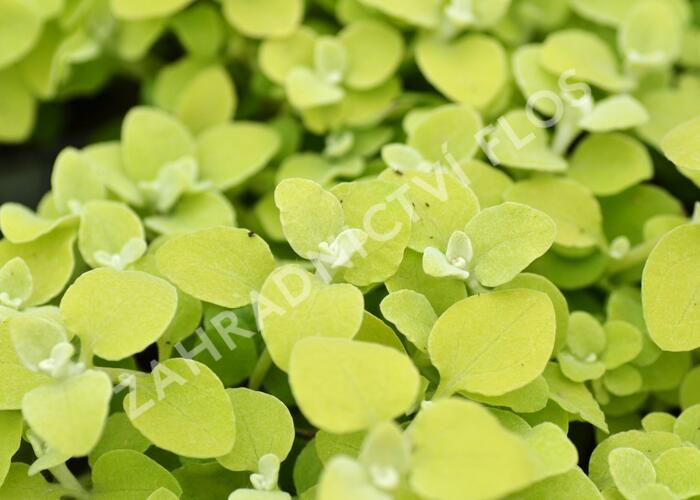
Smil 'Gold' Helichrysum petiolare 'Gold' Zahradnictví FLOS
Common names: licorice plant. Helichrysum petiolare (licorice plant) is shrub (family Asteraceae) found in forested areas and coastal scrub on the central coast, including the southern side of Mt. Tamalpais and the Monterey Peninsula. Licorice plant is a landscape ornamental that has escaped cultivation, invading undisturbed habitats.
HELICHRYSUM petiolare GOLD KOCANKA ZWISAJĄCA 13717731759 Allegro.pl
Helichrysum petiolare : A broadleaf evergreen shrub with blue and green foliage and cream flowers in summer and fall. It contributes fuzzy texture to the garden. To grow well, it prefers sun - bright shade and regular - occasional water. Drought tolerant once established. Grows best in well-drained and gritty soil. Plant type: shrub Plant family: #Asteraceae Foliage: evergreen blue and green.

Helichrysum petiolare 'Gold', Liquorice Plant 'Gold' uploaded by WackyWhiteHouse
Is a compact, aromatic, evergreen shrub with a spreading form. It has heart-shaped, silvery-grey, felty leaves and creamy-white flowerheads arranged in dense corymbs on long stalks. It is a drought-tolerant plant native to South Africa. It has become naturalized in many countries, such as the United States, New Zealand and various parts of Europe.
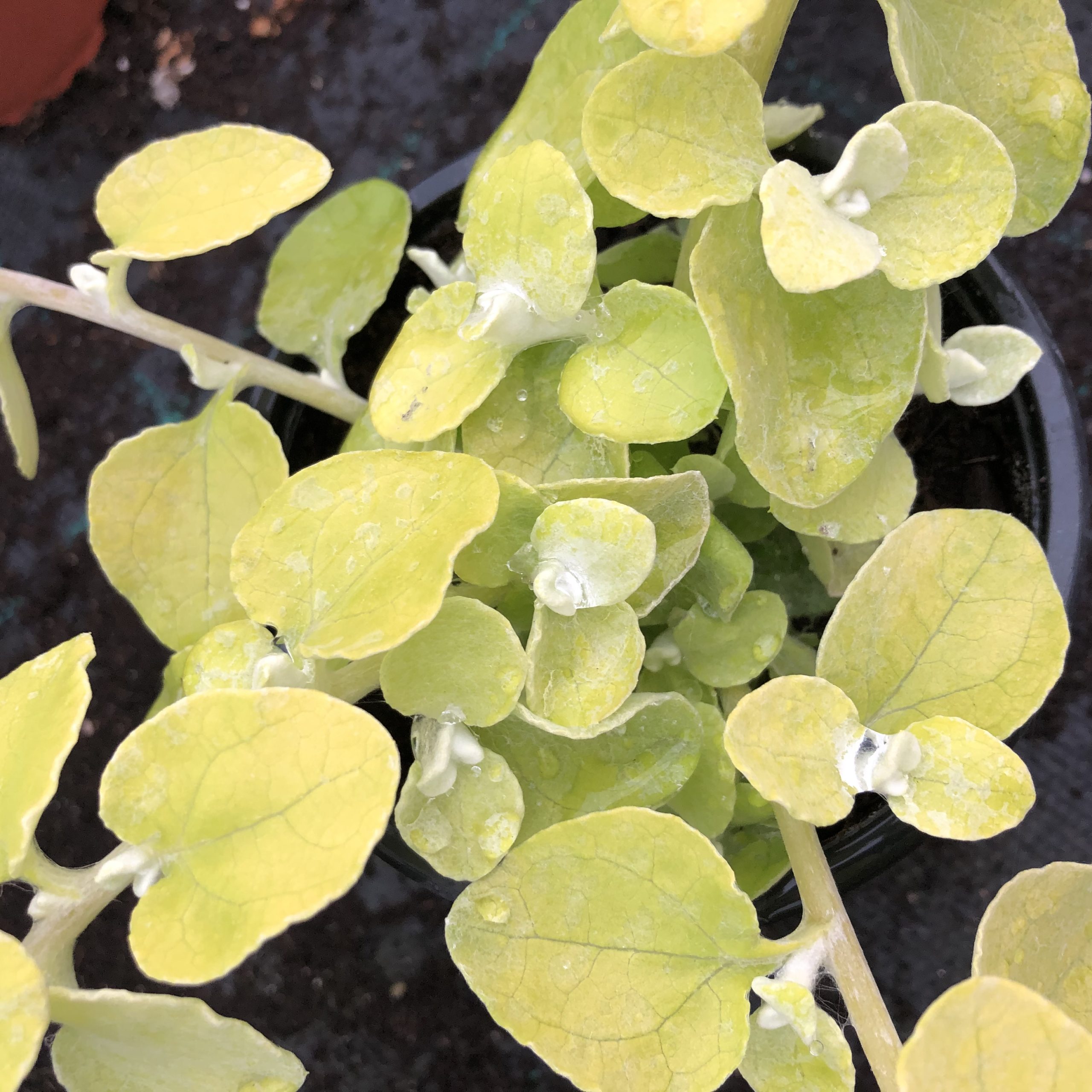
Helichrysum Gold Pot 11 cm Le Jardin du Rudel
The licorice plant ( Helichrysum petiolare) has been enthusiastically embraced by gardeners for its frosted, felt-like leaves and its gently spreading growth habit. Although not large, the licorice plant makes a strong impact with its unique texture, form, and color, and makes a great groundcover or trailing plant for containers.

Kocanka włochata ogrodowa złota Helichrysum Gold sadzonka kwiatyrabatowe.pl
Helichrysum petiolare. Show more photos.. From the Greek words helios 'sun' and chrysos 'gold', referring to the colour of the flowers of some species. Reproduction Spreads by layering and seed. Seed Can seed freely in cultivation when more than one clone is present (Webb et al 1995)
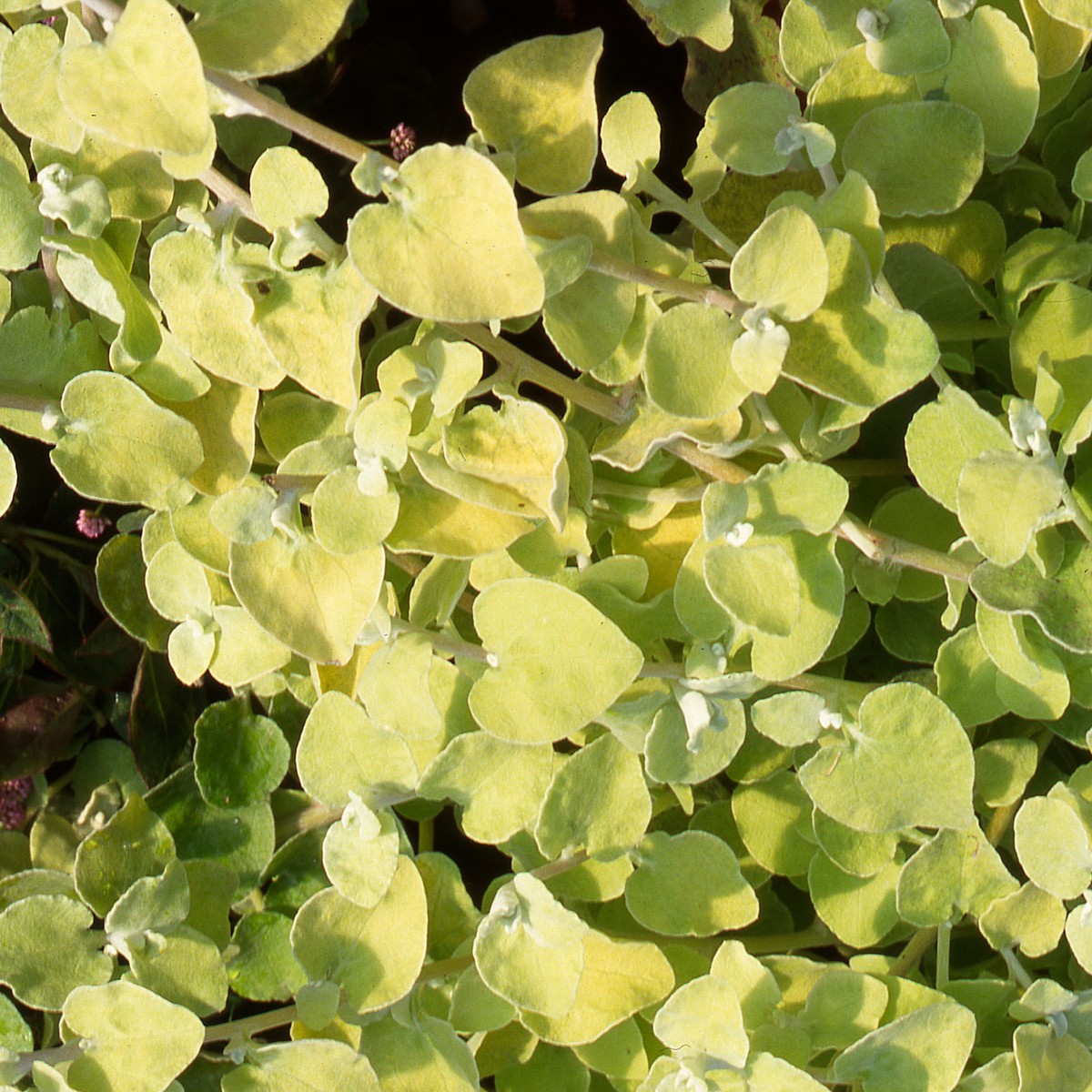
HELICHRYSUM GOLD MG Webber West Country Grown Ltd.
Leaf: Colorful Tolerate: Drought Invasive: Where is this species invasive in the US? Garden locations Culture Tender evergreen perennial that is winter hardy to USDA Zones 9-10. In St. Louis, it is grown as an annual. It is easily grown in average, dry to medium, well-drained soils in full sun to part shade. Tolerates poor soils.
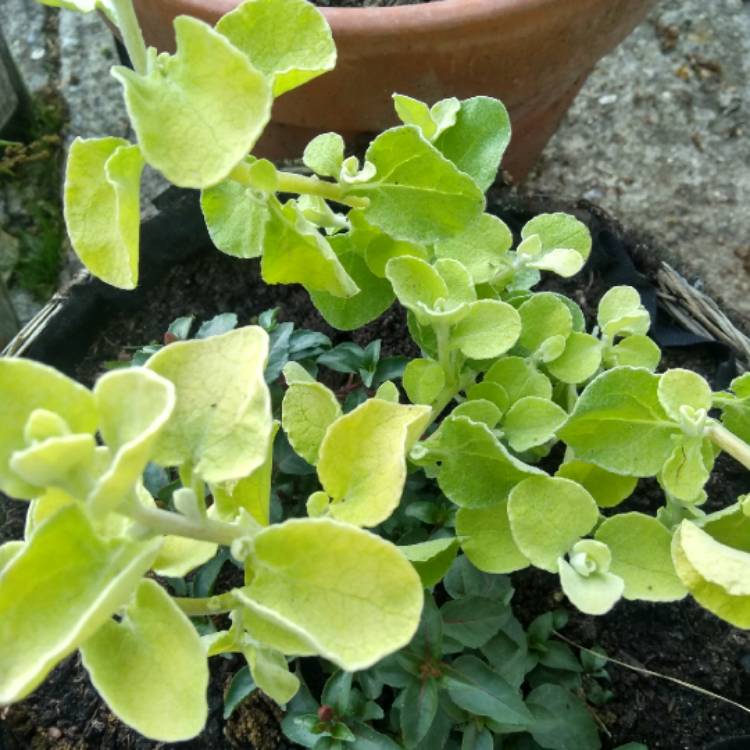
Helichrysum petiolare 'Gold', Liquorice Plant 'Gold' uploaded by WackyWhiteHouse
Helichrysum petiolare, commonly known as the Licorice plant, Trailing Dusty Miller, or Silver-bush, Everlasting flower, is a species of flowering plant in the Asteraceae family. This adorable bush originates from South Africa, where native people usually call it Imphepho.

Helichrysum petiolare Gold LakritzStrohblume goldgelb Inselgärtnerei Kühn
Helichrysum petiolare is a native of southern Africa and is commonly referred to as the (Licorice) Liquorice plant. It has a distinct licorice smell, hence it's common name. They reach about 16 to 24 inches (45 to 60 cm) in height, with a spread of about three to four feet (90 to 120 cm). Plants are perennial sub-shrubs, with a trailing nature.
Kocanka włochata Helichrysum petiolare Gold 11895518901 oficjalne archiwum Allegro
Helichrysum petiolare liquorice plant A trailing sub-shrub to 45cm in height, with white stems bearing broadly ovate, grey-hairy, evergreen leaves, and small dull white flowerheads on erect stems in late summer and autumn Synonyms Helichrysum 'Petiolatum Silver' Helichrysum petiolatum misapplied see more Helichrysum petiolatum silver-leaved
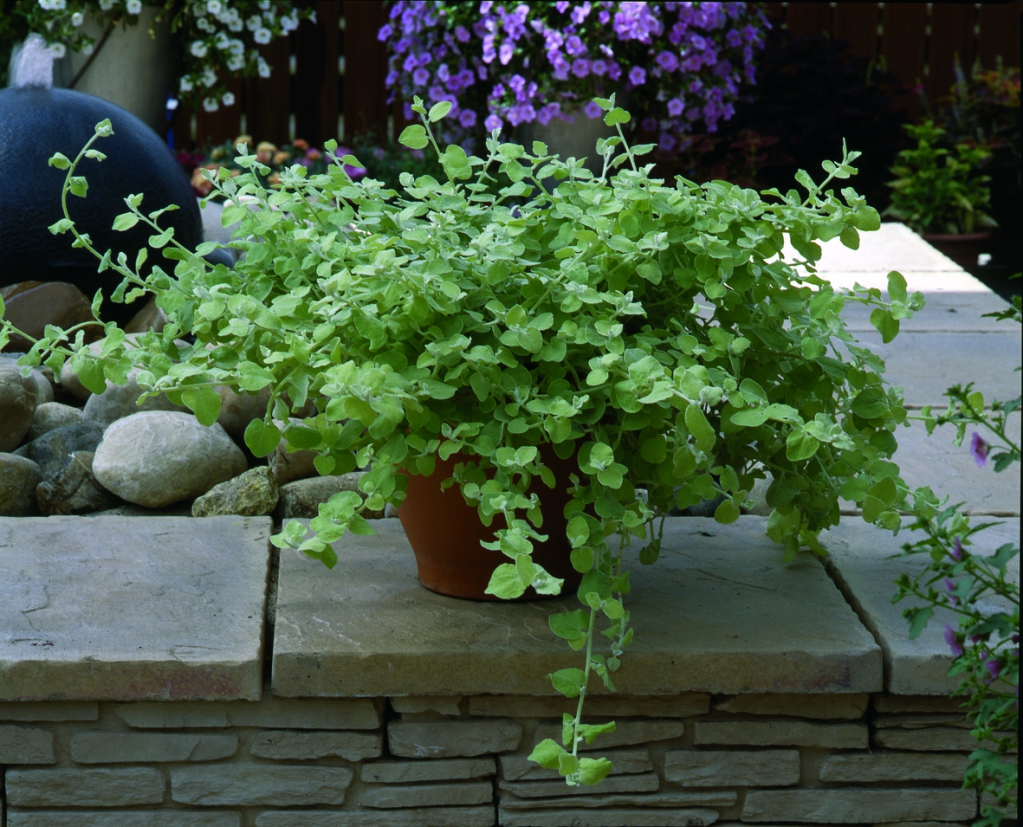
Helichrysum Petiolare Gold Gardenhouse.sk
The Italian everlasting (Helichrysum) is a sub-shrub and also an herb, which is very interesting also for its cute little gold yellow flowers.. Italian everlasting Helichrysum facts. Name - Helichrysum italicum Family - Asteraceae Type - perennial. Height - 1 ½ feet (50 cm) Exposure - full sun Soil - ordinary Foliage - evergreen Flowering - June to October
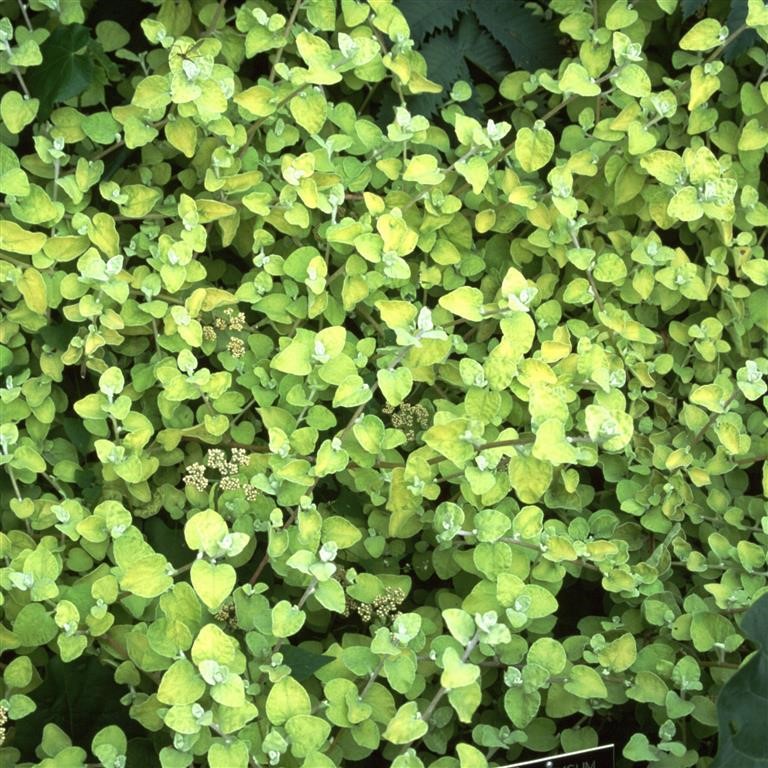
Helichrysum petiolare 'Gold'
Asteraceae ph 7.0 - 8.5 Acid - Neutral Light Full sun Frost Frost Hardy: 23F (-5°C) Soil Light and free draining Water Very little water Plant & bloom calendar Best time to plant full grown dimensions 0.60 M 0.20 M Description
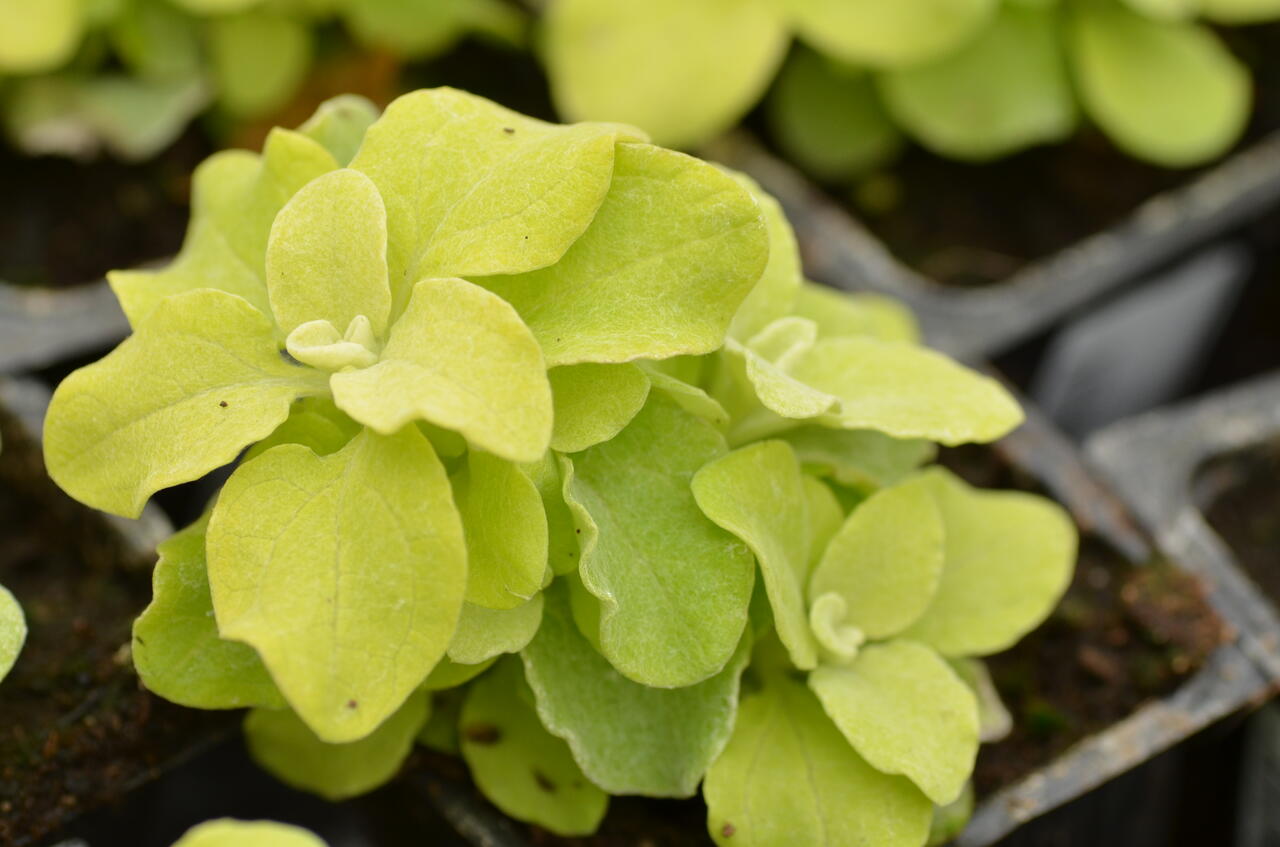
Smil 'Gold' Helichrysum petiolare 'Gold' Zahradnictví FLOS
H. petiolare is a shrubby treasure with felted, heart-shaped leaves. Its stems form low mounds or spill out of containers, weaving their way through their neighbors. Growth is vigorous in average to dry garden soil. For best foliage color, provide afternoon shade. Perennial in Zones 8-10.
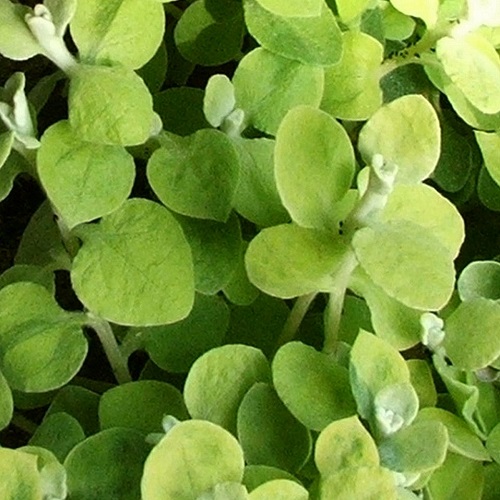
Gnaphalium HELICHRYSUM petiolare "Gold" Fleurir sa ville
Helichrysum petiolare is one of the best known and the most commonly used helichrysums, easy to grow, with beautiful velvety silver foliage. Description A soft, vigorous shrub, which grows 0.5m - 1m x 1m. The dense, aromatic foliage consists of roundish leaves which are covered with silver-grey hairs.